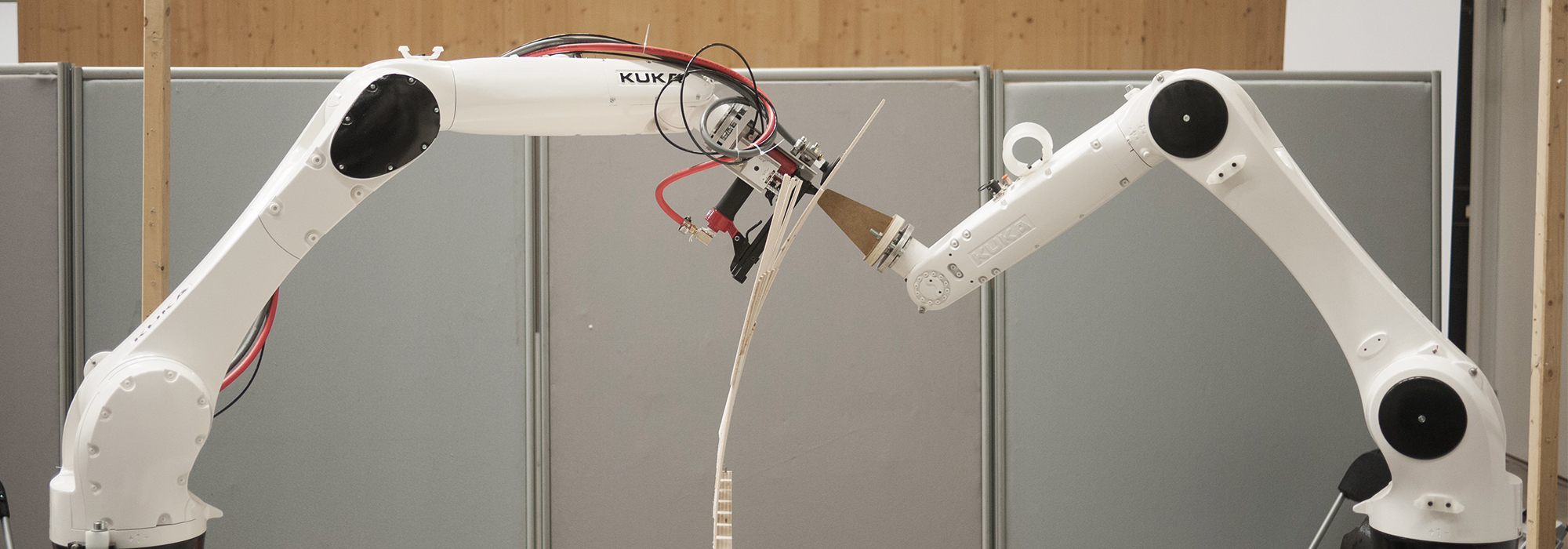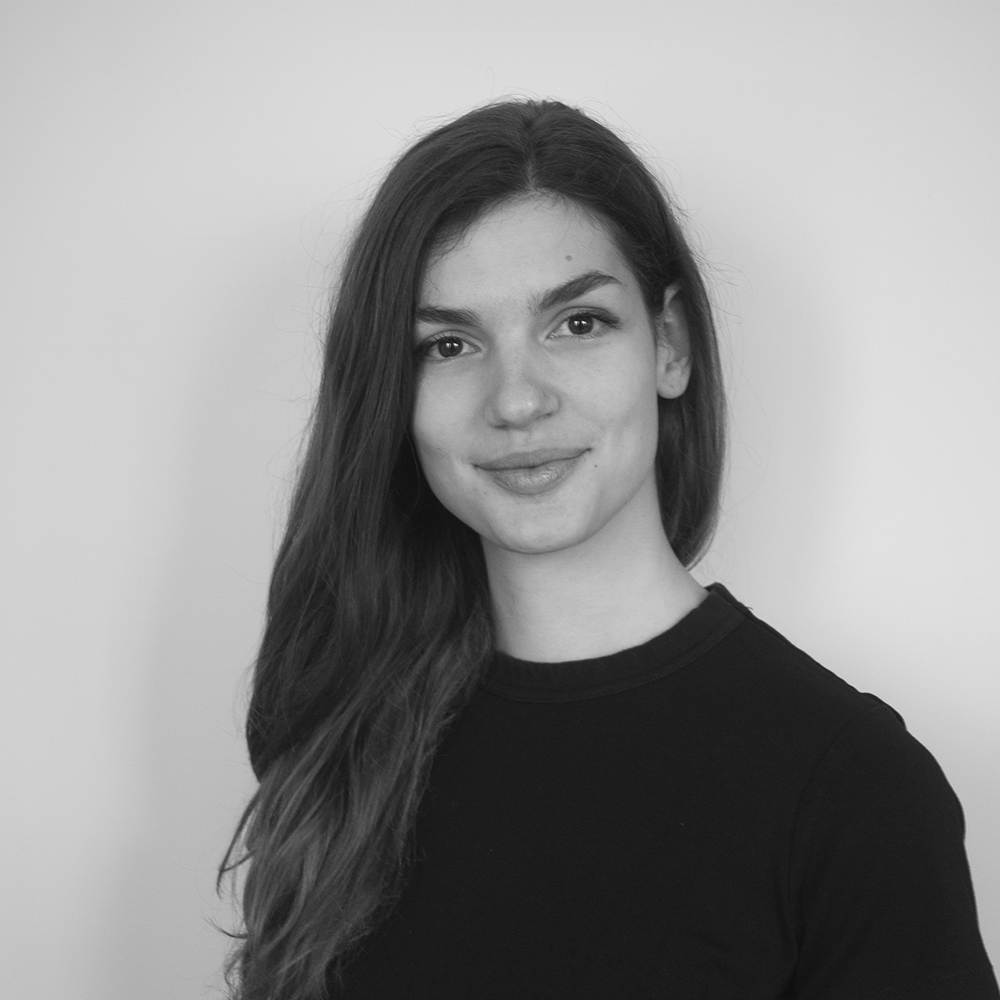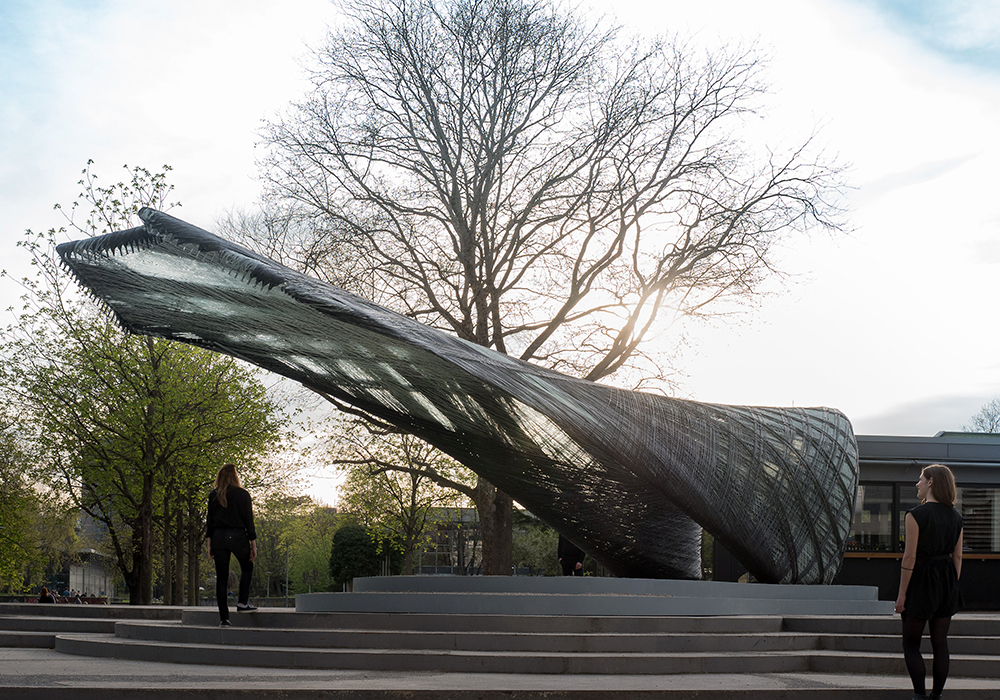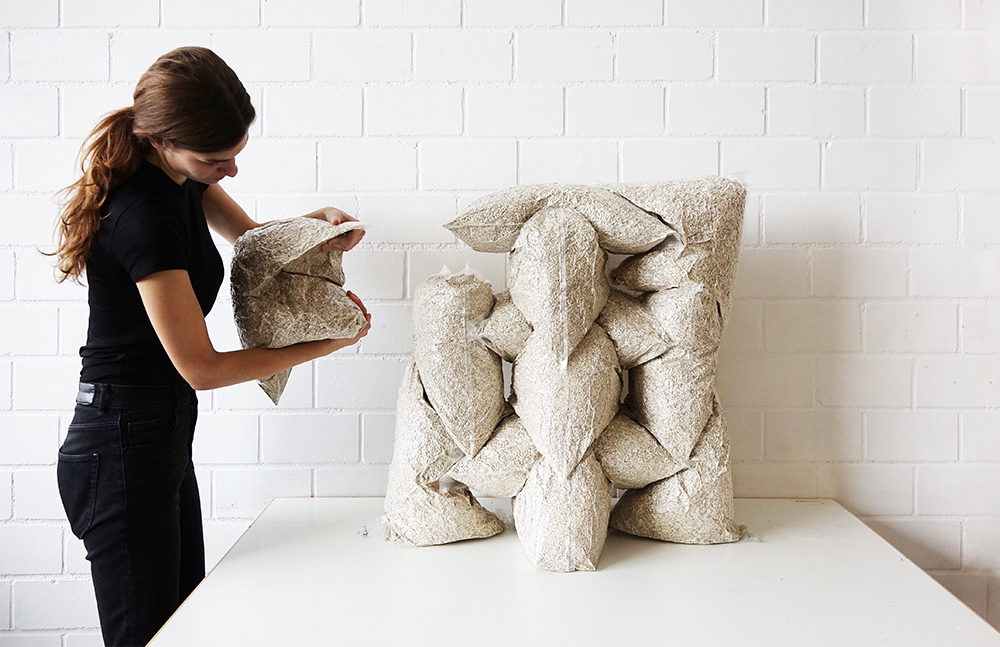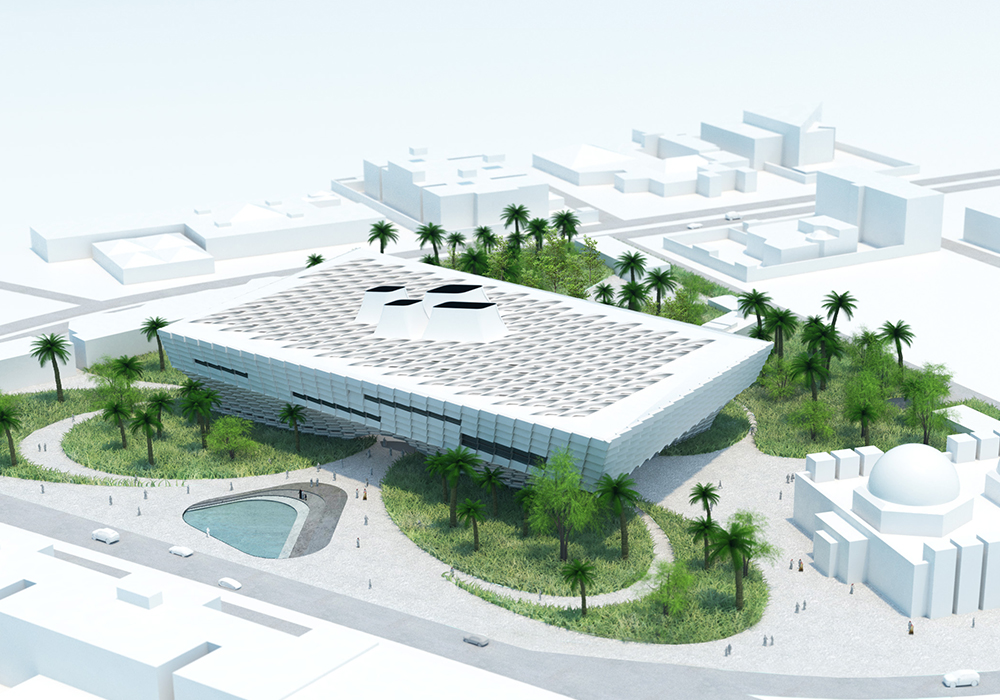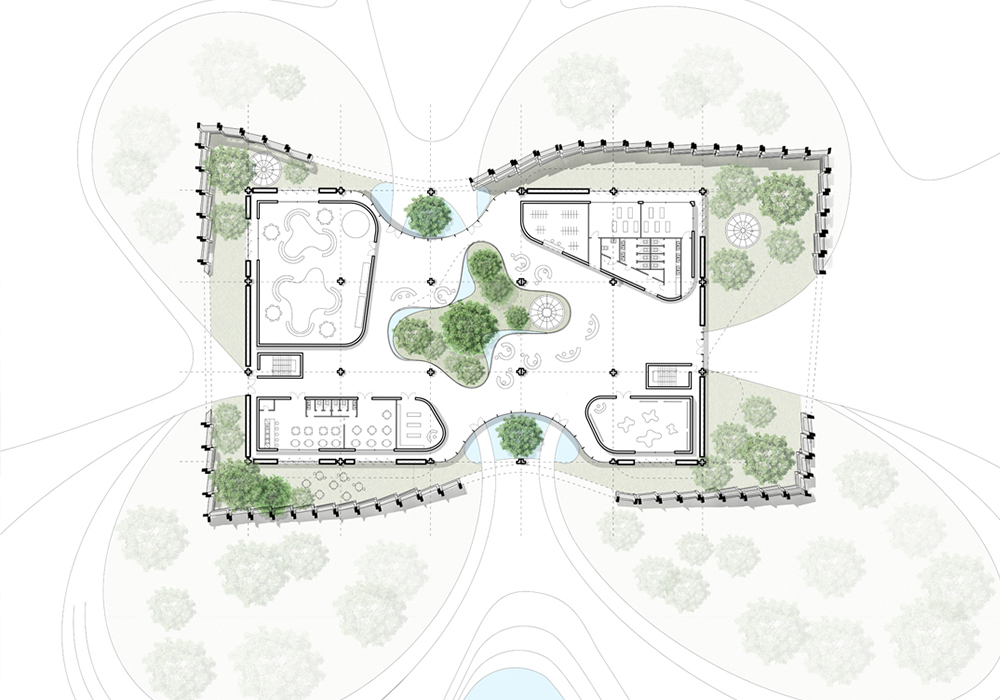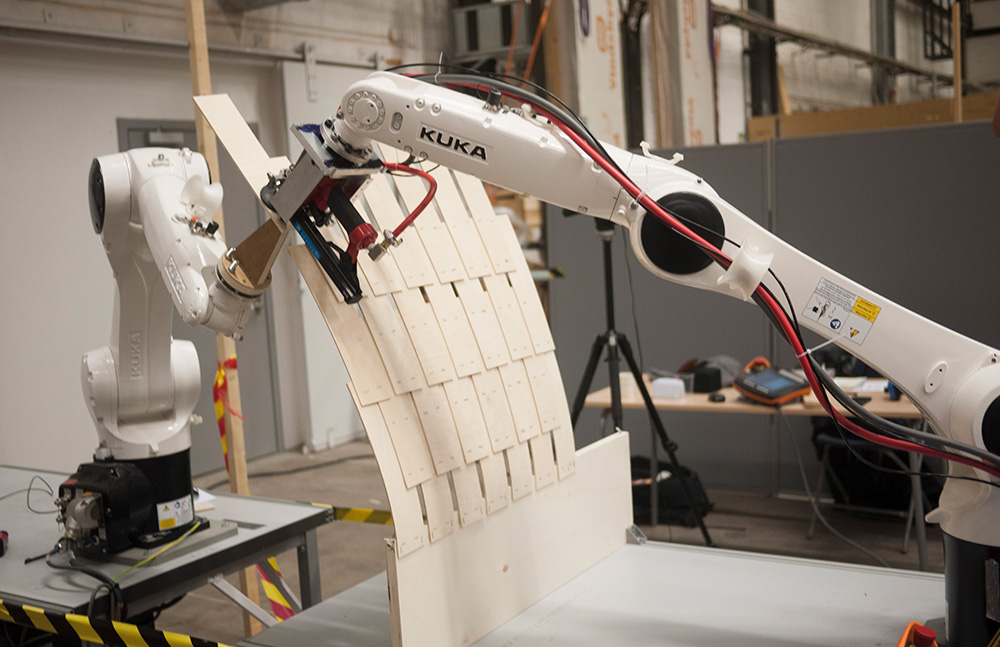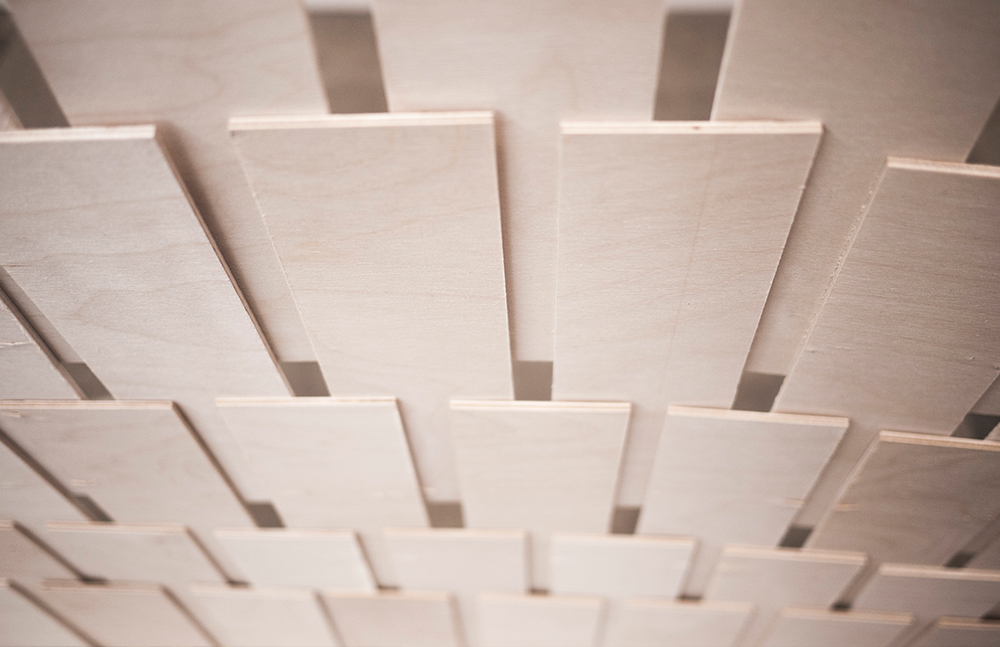Kyriaki Goti is a Visiting Assistant Professor at Pratt Institute School of Architecture and founder of the design and architecture studio SomePeople. Her work focuses on the application of cutting-edge technologies, such as robotic fabrication and computational design, in design and construction.
Describe your architectural background with a few words.
I studied architecture at Aristotle University of Thessaloniki. Since the beginning of my studies, I was fascinated by various scenarios that were developed at school regarding the future of architecture, design, and the role of the architect in it. In my studios I was trying to design this future in mind, through narratives and speculations. Through this process, I became familiar with the computational aspect of design, in both a theoretical and practical point of view. However I was using these computational tools in an abstract way, as a medium to express futuristic scenarios for architecture.
During my studies, through the Erasmus Program, I had the chance to live in other European cities for short periods of time, such as Barcelona and London. These experiences were really important because I was exposed to different approaches to architecture, and also to different cultures. I quickly realized that living abroad, despite its challenges, was something that fitted my personality and excited me.
After my graduation from AUTh, I knew that despite my interest in computational design, I was lacking technical skills in the field of construction. I wanted not only to design my architectural narratives, but also to be able to build them. For this reason, I decided to study in the ITECH MSc Program at the University of Stuttgart. It is an innovative two year program that focuses on computational design, digital and robotic fabrication and material research. Since it is an interdisciplinary program, I collaborated with tutors and students from different backgrounds and I had the chance to develop the technical skills that I was lacking. In the first year of the MSc I participated in the robotic fabrication (two robotic arms and one drone) of a carbon fiber and glass fiber cantilevering pavilion. In the second year I did my thesis project with my colleague Shir Katz, which was focused on the development of an intuitive design and construction process utilizing granular jamming through human –computer interaction. Both of these projects were heavily published and received several international architecture and innovation awards.
While studying, I worked part-time at Knippers Helbig Engineering, Blocher & Partners, and I was a Research Assistant at the ICD (Institute for Computational Design and Construction). During that time, I received the MAD Travel Scholarship that gave me the chance to travel to China and research the architectural culture there.
After your graduation, how did you make up your mind on your next step it? What was it about?
After my MSc graduation, I felt satisfied with my studies and I wanted to continue working in the same field but outside of academia. However, after every step there are a lot of unknowns for what the next could be, since it is not always easy to understand what you want to do professionally, what the most strategic choice for your career is or what your life dream is! The job that I was looking for did not have a specific title. I was interested in design but an architect’s position was pretty far from anything innovative and technological in the field. I was interested in computational design and robotic fabrication but a software or hardware specialist’s position did not fulfill my creative needs.
Having these things in my mind, I decided to move to New York, a city with amazing architecture offices and universities. Most important criteria for this choice, was the language, the culture, and the professional opportunities. This city encourages innovation and technology and promotes young professionals and minorities. For a female architect with interest in technology, New York offers a dynamic environment with more opportunities and less prejudices. So I started looking for a job –this job with no title-, while at the same time working on some workshops, publications and competitions.
What were the difficulties you encountered and the opportunities that came along with your choices?
The biggest difficulty that I had because of my choice to move to NY was the bureaucracy I had to face in order to obtain a working permit. This process lasted five months and in the meantime I was not allowed to work in the country. This waiting process was a huge change in my lifestyle: from an intense daily routine that included studying and working in parallel, I found myself in a dead end, where a lot of personal motivation was needed.
On the other hand, this period gave me the time to understand what I am really interested in and to realize that if the job I am looking for does not exist, I should create it. Thus, I started working on some projects by myself and thinking what the ideal job for me would be, and how I could create it from scratch.
What is your current occupation and in what way is it an asset to your professional life? Is it close to what you imagined architectural practice to be?
A few months ago I started working at Pratt Institute, School of Architecture, in Brooklyn. I am part of theΙΤL (Interdisciplinary Technology Lab) research group and I am working on the development of innovative design and fabrication processes with the use of robotic arms. This position is closely related to my previous studies and it gives me the opportunity to develop my skills and knowledge.
At the same time I started my own studio SomePeople, where I try to make my ideal job come true! Through our work, we question the future of architecture by applying cutting edge technologies on small scale projects. The goal of this studio is to have a creative environment with different people, who are curious about various aspects of architecture such as space, aesthetics, technology, robots, artificial intelligence, the future of the world…..
We were recently shortlisted to participate in the second stage of the Tallin Architecture Biennale Ιnstallation Programme Competition, in which we are called to design a novel tectonic system made of wood for their new pavilion. At the same time, we are working on a workshop in Thailand at Chulalongkorn University’s INDA and an article publication in CLOG Magazine discussing some thoughts on artificial intelligence and design.
What piece of advice would you give to someone that would like to follow your steps?
Not to wait for opportunities to come, but to create them. Beginnings are always hard and stressful, so if you have a dream or a vision don’t wait for the right time, the right person, or the right place. Our field needs young people with new ideas and new beliefs, not only about architecture and design itself, but also about the way architecture work is being conducted. It needs people with different ideologies, who can bring change in the way we design, build and work.
Do not waste your energy working for big firms and “important names” that take advantage of their employees, by underpaying them and having them work over hours. Use this energy to make your dreams come true, to innovate in your field and to bring positive impact in the community.
Webpage www.somepeople.studio
Facebook @somepeoplestudio
Intagram somepeople_studio

